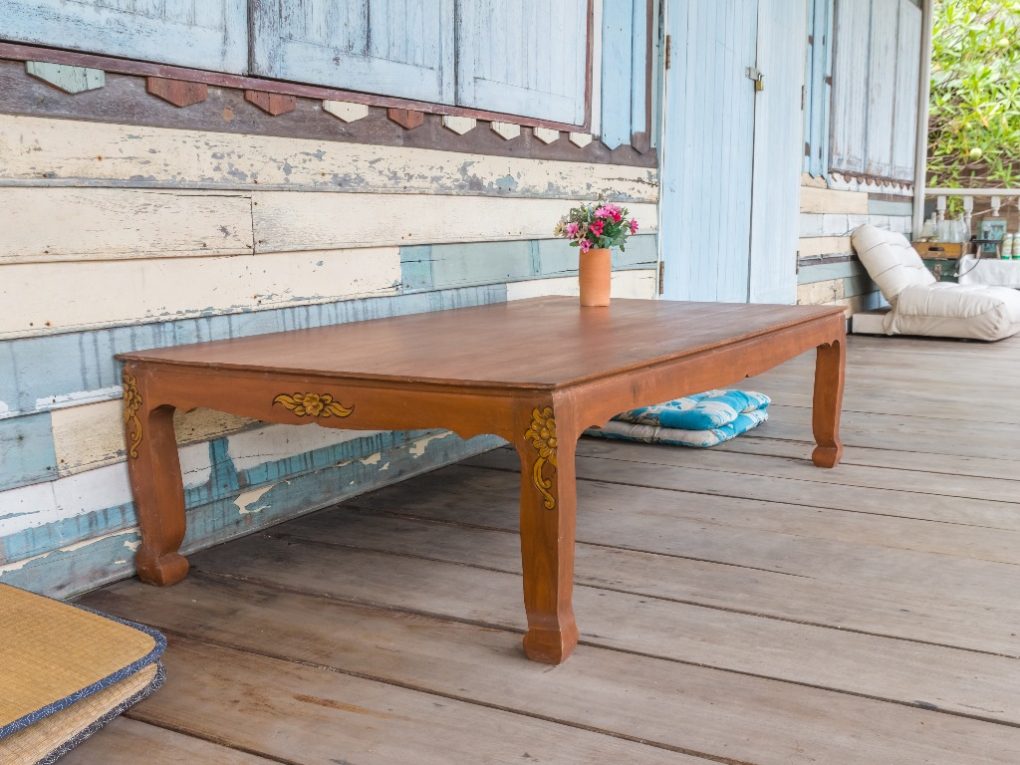Is Tulip Tree Wood Valuable: A Comprehensive Guide to Its Worth
Yes, tulip tree wood is considered valuable. It is a popular hardwood for various woodworking purposes. Wood is known for being lightweight, strong, and easy to work with, making it a favorite among furniture makers, cabinet makers, and woodcarvers.

While tulip tree wood is not as hard as some other hardwoods, it is still a valuable resource. According to the United States Department of Agriculture, it is often used as a substitute for softwood. The wood is lightweight and easy to work with, making it a popular choice for many applications.
The wood has a beautiful grain pattern and a warm, golden color, making it an attractive choice for decorative woodworking projects. Remember that tulip tree wood can be prone to breakage, especially in windy locations. However, its aesthetic value and availability make it popular among many woodworkers and manufacturers.
Table of Contents
Tulip Tree Wood Properties
Appearance
Tulip tree wood is known for its pale yellow to brown color, with occasional streaks of green and purple. It has a fine, even texture with a straight grain, making it easy to work with. The wood has a natural luster that can be enhanced with a clear finish. One distinctive feature of tulip tree wood is its lack of knots and defects, making it an ideal choice for furniture making and other decorative woodwork.

Durability
Tulip tree wood is moderately durable and naturally resistant to decay and insect damage. However, it is less durable than other hardwoods, such as oak or teak, and may require regular maintenance to prevent warping or cracking. When used outdoors, tulip tree wood should be treated with a protective finish to increase its resistance to weathering and UV damage.
Workability
Tulip tree wood is relatively easy to work with and can be machined, sanded, and easily finished. It responds well to hand and power tools and can be glued and stained with good results.
However, tulip tree wood tends to splinter and tear out when crosscutting or planning, so care should be taken when working with it. It also has a low resistance to bending and may not be suitable for certain applications, such as structural beams or heavy-duty furniture.
Uses of Tulip Tree Wood
Furniture Making
Tulip tree wood is popular for furniture making because it is lightweight, easy to work with, and commonly used for creating veneers, drawer sides, and other interior components. The wood is also known for its attractive greenish-yellow color, which can add a unique touch to any piece of furniture.

Construction and Building
Tulip tree wood is also used in construction and building due to its straight grain and resistance to splitting. It is often used for framing, flooring, and siding and is also popular for making shingles and clapboards, as it is lightweight and easy to work with.
Woodworking and Crafts
Tulip tree wood is popular for woodworking and crafts due to its fine texture and smooth finish. I’ve seen this used in carving, turning, and other decorative applications. Wood is also commonly used for making woodenware, such as bowls, spoons, and cutting boards.
Tulip tree wood is a versatile and valuable material that can be used for various applications. Its unique properties make it popular for furniture making, construction, and woodworking.
Market Value of Tulip Tree Wood
Tulip tree wood is a popular hardwood that is used for a variety of purposes. It is known for its durability, strength, and attractive appearance, which makes it a valuable material for furniture, flooring, and other applications. In this section, we will discuss the market value of tulip tree wood, including the factors that affect its value, current market prices, and how it compares to other hardwoods.

Factors Affecting Value
Several factors can affect the value of tulip tree wood. These include the size and quality of the wood, the demand for the wood, and the availability of the wood. Tulip tree wood that is larger and of higher quality will generally command a higher price than smaller or lower-quality wood. Additionally, the price will be higher if there is a high demand for tulip tree wood. Conversely, the price may be lower if the wood is readily available.
Current Market Prices
The current market price for tulip tree wood varies depending on several factors. According to recent market reports, tulip tree wood prices range from $2.50 to $4.50 per board foot. The price can vary depending on the size and quality of the wood, as well as the buyer’s and seller’s location. It is important to note that these prices are subject to change based on market demand and availability.
Comparison to Other Hardwoods
When compared to other hardwoods, tulip tree wood is relatively inexpensive. For example, oak wood ranges from $4.50 to $7.50 per board foot, while walnut wood ranges from $7.50 to $15. Despite its lower price, tulip tree wood is still valuable due to its durability and strength.
Several factors, including the size and quality of the wood, the demand for the wood, and the availability of the wood, influence the market value of tulip tree wood. While it is not as expensive as other hardwoods, it is still a valuable material for various applications.
